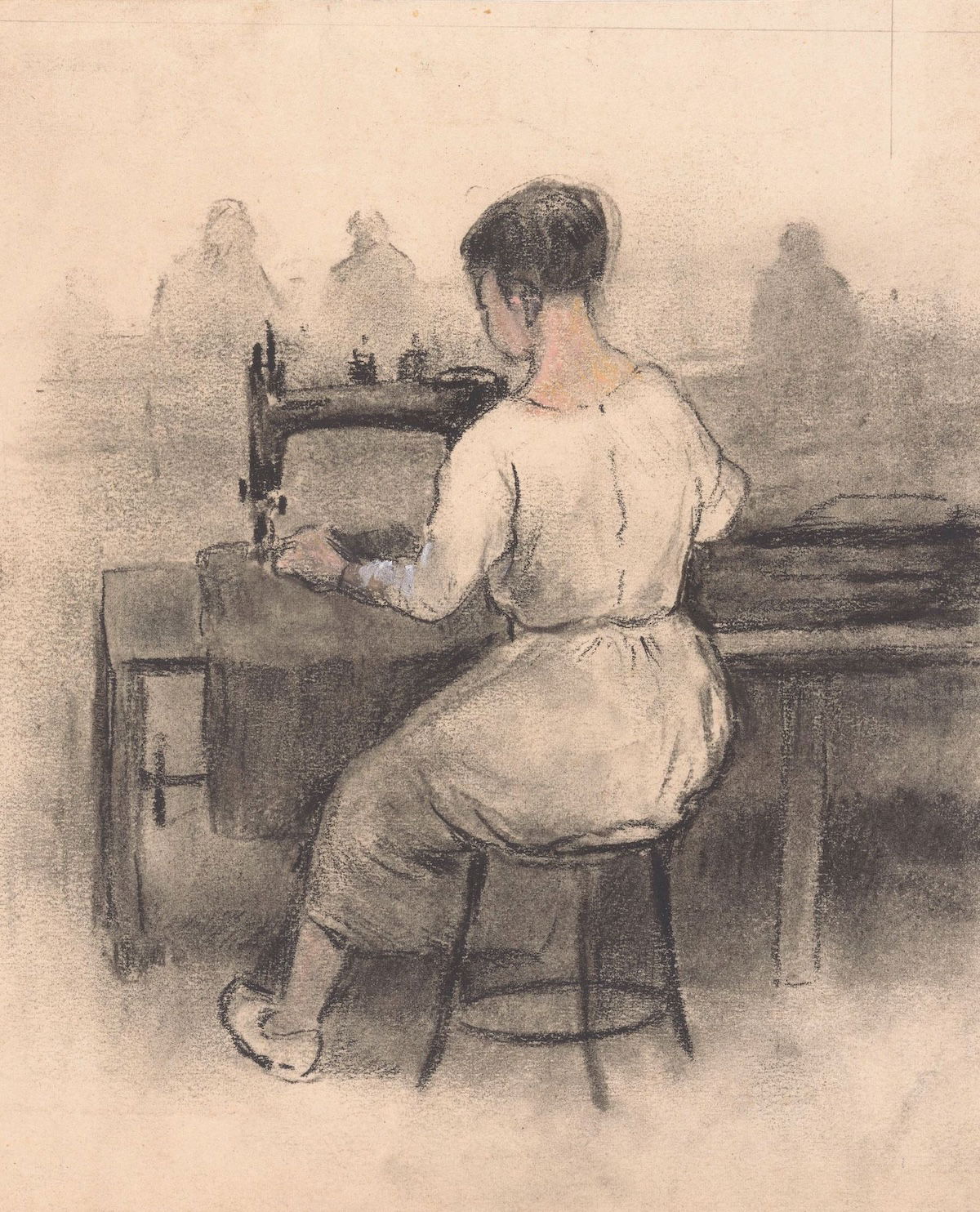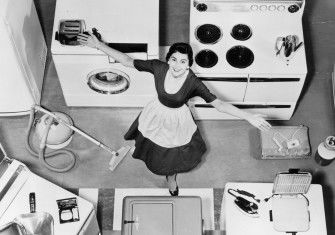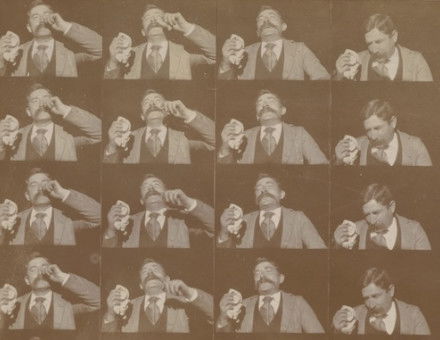Did the Sewing Machine Bring Liberation or Drudgery?
With its effects felt on both the household and workplace, the invention of the sewing machine changed women’s lives. But not always for the better.

The Scientific American (September 22nd, 1860) considered that, after the Spinning Jenny and the plough, the sewing machine was ‘the most important invention that has ever been made since the world began’. Despite laments that machines would destroy handicrafts, most women welcomed the invention and wanted one, but how truly liberating were they?







